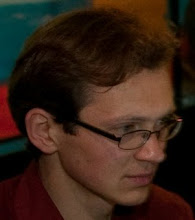Giambattista
Vico died in poverty in January 1744, having spent his last pennies on a new
edition of the Principj di Scienza Nuova.
Outside Naples, nobody cared. No notices appeared in the learned journals;
no obituaries were read at royal or local academies. Eighty years later, his
work was translated into German and French; in the 1860s, Michelet
retrospectively called him “his sole guiding spirit”,[i]
and a statue was raised in the Naples public gardens. Anthony Grafton’s
foreword to the Penguin edition of the New
Science compares it to Newton’s Principia.[ii] And
so, posthumously, Vico became the founding father he wanted to be. It is a
historical Cinderella story too good to be true.
In fact,
Vico was never quite forgotten. Rather, his 18th-century readers didn’t know what to do with him. No one publicly acknowledged his claim to have founded a ‘new
science’; no one elaborated or refuted his ‘historical proofs’. But he was read. Montesquieu and Goethe owned copies
of the Scienza Nuova; Hamann and
Jacobi discussed him in correspondence; Herder mentions him in the Briefe zur Beförderung der Humanität.[iii] Jean Le Clerc, who had favourably
reviewed two earlier works by Vico, was sent a review copy – to no effect.[iv] The
Göttingen writers of compendia, who read everything, knew who he was: he is
included, with compliments for his originality and caveats for his idiosyncrasy,
in Eichhorn’s Geschichte der Litteratur (1805-11)
and Wachler’s Geschichte der historischen
Forschung und Kunst (1802-20). If that is what oblivion is like, then I’d
love to be forgotten like that.

